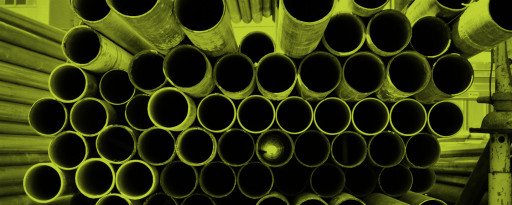127: Understanding clause E2 of the New Zealand Building Code: A critical guide for LBPs
Clause E2 of the New Zealand Building Code, called 'External Moisture,' helps make sure buildings stay dry, safe, and healthy. It’s especially important for restricted building work (RBW) where following moisture rules is legally required.

Licensed Building Practitioners (LBPs) need to fully understand Clause E2 so they can meet the rules and build weathertight homes that meet the Code.
What is Clause E2?
Clause E2 explains how buildings should be built to keep rain and moisture out. Its main goal is to stop water from getting into parts of the building like the roof, walls, windows, and doors, so it doesn’t cause damage or dampness.
The clause requires that:
- External moisture does not cause undue dampness or damage to building elements.
- Water cannot enter the building through the roof, wall claddings, and external openings.
- Any moisture that does get through is able to drain or evaporate without causing harm.
E2/AS1 is the ‘Acceptable Solution’ for meeting Clause E2. It’s a commonly used set of instructions that explains which materials, building methods, and design details will keep water out and meet the rules.
What is E2/AS1?
The Acceptable Solution E2/AS1 is a practical guide that shows how to meet the rules in Clause E2 of the Building Code. It explains how to choose and install things like roofs, walls, flashings, windows, and doors to stop water getting in. It also helps builders work out the risk of leaks based on things like wind zone, roof overhangs, and how complex the building is.
The guide includes details on drainage systems, weathertight barriers, and sealing around openings to make sure moisture is managed properly. It’s an important tool for LBPs, especially when doing restricted building work.
Why clause E2 matters for restricted building work
Restricted building work is construction or design work that is critical to the structural integrity or weathertightness of a house or a small-to-medium apartment building. This includes work on the primary structure, external moisture management systems, and fire safety systems.
Clause E2 is closely linked to RBW because weathertightness is a major part of a building’s performance. If moisture isn’t managed properly, it can lead to serious problems like:
- Structural degradation (for example, timber rot, corrosion of metal components)
- Health issues (for example, mould growth, poor indoor air quality)
- Costly remediation and legal disputes
Any RBW involving the building envelope must comply with Clause E2. LBPs who do this kind of work are legally responsible for making sure that their designs and construction methods meet or exceed the requirements of this clause.
The role of LBPs in making sure building work follows the rules
LBPs are trusted to do or oversee RBW. This includes:
- Understanding and applying the principles of Clause E2.
- Selecting appropriate materials and systems that comply with E2/AS1 or an alternative solution.
- Making sure that construction details (for example, flashings, junctions, penetrations) are done properly to stop water getting in.
LBPs also need to spot and manage risks. For example, buildings in areas with strong winds or heavy rain need better systems to keep water out. LBPs must adjust their building methods to match the environmental and design conditions of each project.
Training and competency
To keep their license, LBPs must regularly do professional development and stay up to date with changes to the Building Code. This means knowing about any updates to Clause E2 and its guidance documents like E2/AS1. These updates might include new materials, building methods, or tools for assessing risk, and LBPs need to understand and use them in their work."
Ministry of Business, Innovation and Employment (MBIE) has resources, training modules, and technical guidance to support LBPs in this area. But in the end, it’s up to each LBP to make sure they know how to use Clause E2 properly and feel confident doing it.
Conclusion
Clause E2 isn’t just a regulatory requirement —it helps make sure buildings in New Zealand stay safe and last a long time. For LBPs, knowing how to use Clause E2 is a key part of doing their job well. Whether they’re building a new home or fixing an old one, following E2 is important for creating strong, healthy, and high-quality buildings.
As building materials, weather conditions, and design styles keep changing, Clause E2 is becoming even more important. LBPs play a key role in making sure buildings stay dry and safe. Understanding this clause isn’t just about following rules—it’s about earning trust, protecting clients, and helping build strong, long-lasting homes and buildings.
Quiz
- What do the performance requirements of Clause E2 aim to protect a building from?
- Surface water
- External moisture
- Internal moisture
- All the above
- What does Clause E2 require?
- External moisture does not cause undue dampness or damage to building elements.
- Water is prevented from entering the building through the roof, wall claddings, and external openings.
- Any moisture that does penetrate is able to drain or evaporate without causing harm.
- All the above
- Why is Clause E2 important to LBPs?
- Any RBW involving the building envelope must comply with Clause E2
- Clause E2 will prevent internal moisture from damaging the building’s envelope
- Clause E2 is directly tied to RBW because weathertightness is a core component of a building’s performance
- Answers a and c only
- All the above
Answers
1: b. External moisture
2: d. All the above
3: d. Answers a and c only
